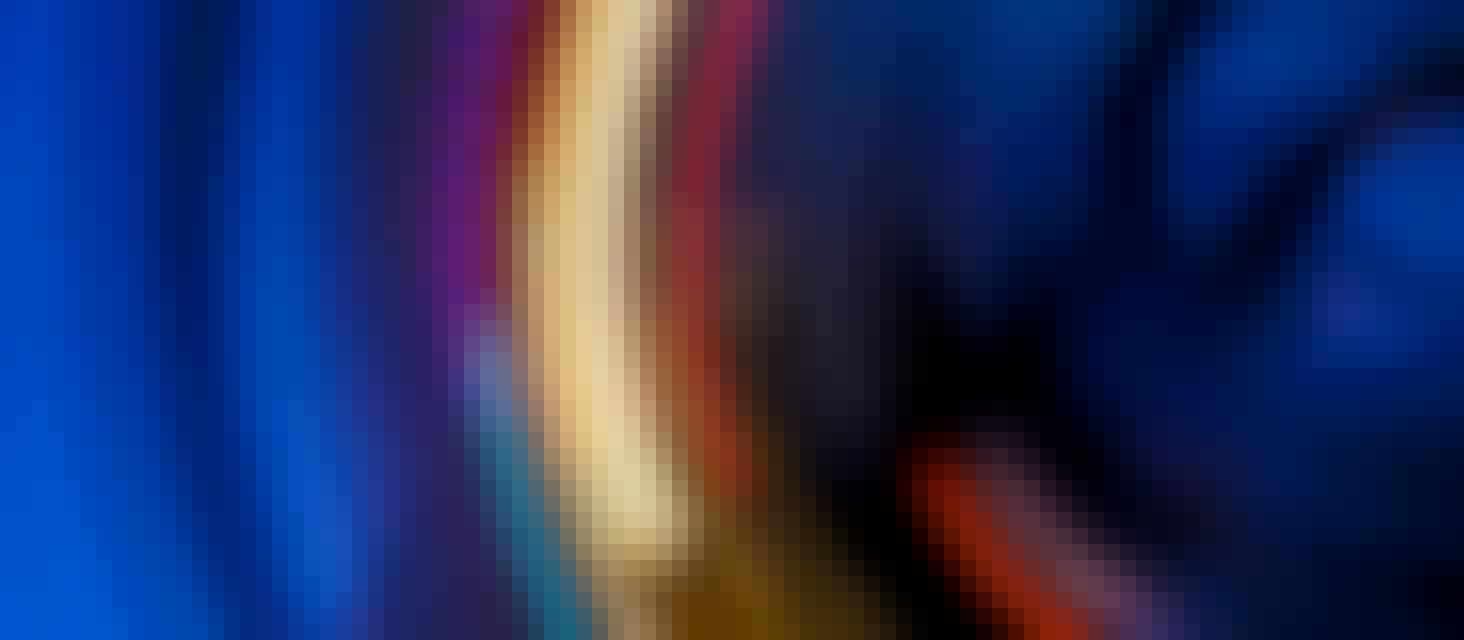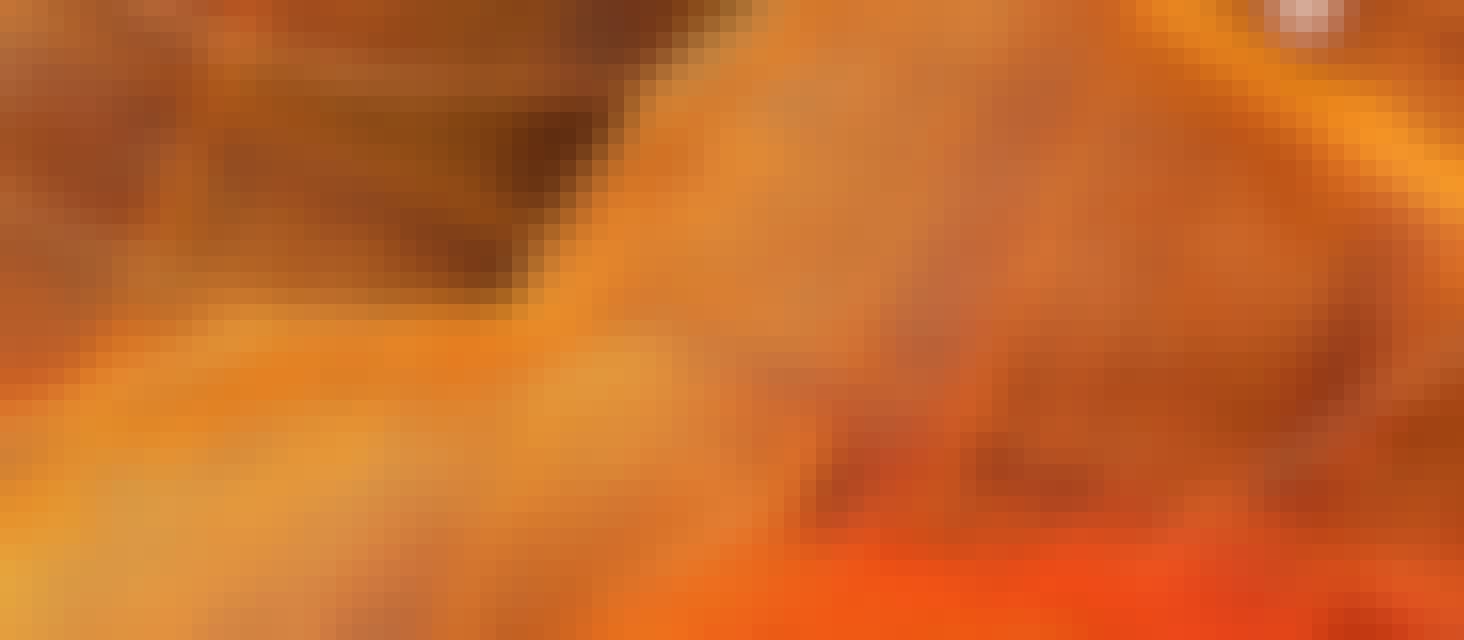Filter by
SubjectRequired
LanguageRequired
The language used throughout the course, in both instruction and assessments.
Learning ProductRequired
LevelRequired
DurationRequired
SkillsRequired
SubtitlesRequired
EducatorRequired
Results for "art"
 Status: Free Trial
Status: Free TrialSkills you'll gain: Marketing Budgets, Digital Media Strategy, Content Strategy, Promotional Strategies, Marketing Analytics, Customer Engagement, Content Marketing, Brand Awareness, Marketing Strategies, Trend Analysis, Brand Strategy, Social Media Marketing, Target Audience, Social Media Strategy, Data-Driven Decision-Making, Campaign Management, Key Performance Indicators (KPIs), Strategic Partnership, Return On Investment
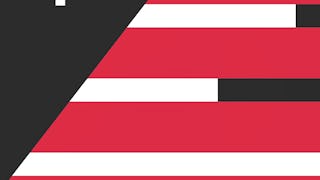 Status: NewStatus: Free Trial
Status: NewStatus: Free TrialSkills you'll gain: Incident Response, Computer Security Incident Management, Incident Management, Cyber Threat Intelligence, Security Information and Event Management (SIEM), Threat Detection, Vulnerability Assessments, Cyber Threat Hunting, Event Monitoring, Technical Communication, Cyber Security Policies, Vulnerability Management, Continuous Monitoring, Threat Management, Security Controls, Communication Strategies, Root Cause Analysis
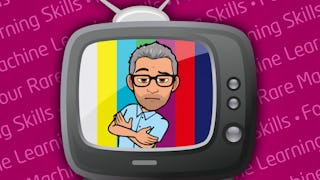
Skills you'll gain: Predictive Modeling, Predictive Analytics, Marketing Analytics, Statistical Machine Learning, Machine Learning, Data Science, Applied Machine Learning, Statistical Analysis, Customer Retention, Technical Communication
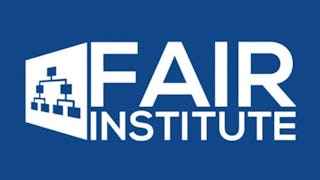 Status: Free Trial
Status: Free TrialFAIR Institute
Skills you'll gain: Risk Analysis, Cyber Risk, Risk Modeling, Cybersecurity, Governance, Risk Management, Enterprise Risk Management (ERM), Strategic Decision-Making, Business Risk Management, Strategic Prioritization, Compliance Reporting, Management Reporting, Strategic Leadership, Business Communication

Universidad de Palermo
Skills you'll gain: Marketing Channel, Consumer Behaviour, Point of Sale, Promotional Strategies, Marketing Strategies, Marketing Communications, Digital Marketing, Product Marketing, Customer experience strategy (CX), Retail Store Operations, Merchandising, Visual Merchandising, Customer Engagement, Digital Transformation
 Status: NewStatus: Free Trial
Status: NewStatus: Free TrialL&T EduTech
Skills you'll gain: Civil Engineering, Land Development, Building Information Modeling, Construction, Construction Management, Construction Inspection, Capacity Planning, Building Design, Building Services Engineering, Facility Management, Facility Repair And Maintenance, Landscape Architecture, Construction Estimating, Environmental Engineering, Architectural Design, Engineering Plans And Specifications, Environmental Regulations, Transportation Operations, Building Codes, HVAC
 Status: NewStatus: Free Trial
Status: NewStatus: Free TrialSkills you'll gain: Amazon Web Services, Distributed Denial-Of-Service (DDoS) Attacks, Infrastructure Security, Cloud Security, Network Security, AWS Identity and Access Management (IAM), Application Security, Firewall, Amazon Elastic Compute Cloud, Endpoint Security, Vulnerability Management, Amazon CloudWatch
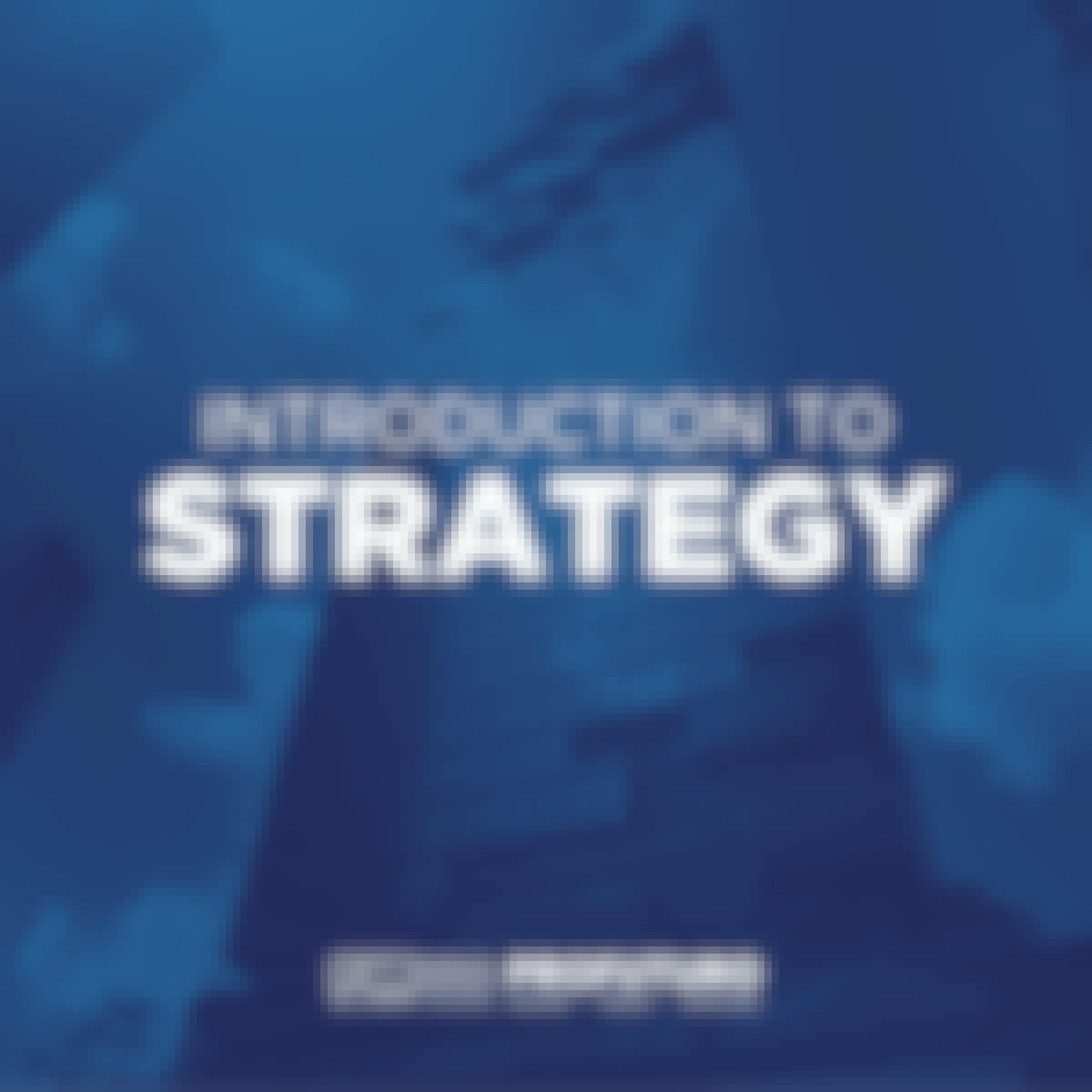 Status: Free Trial
Status: Free TrialFundação Instituto de Administração
Skills you'll gain: Strategic Thinking, Business Strategy, Business Strategies, Strategic Decision-Making, Competitive Analysis, Organizational Strategy, Corporate Strategy, Strategic Leadership, Market Analysis, Analysis, Competitive Intelligence, Continuous Monitoring, Market Dynamics

Coursera Instructor Network
Skills you'll gain: Product Lifecycle Management, Product Strategy, Product Management, Product Roadmaps, Strategic Leadership, Customer Insights, Market Data, Market Research, Data-Driven Decision-Making, Cross-Functional Collaboration, Team Building, Digital Media Strategy, Strategic Thinking, Innovation, Market Analysis, Trend Analysis

Berklee
Skills you'll gain: Marketing Budgets, Marketing Planning, Performance Measurement, Sales Presentations, Marketing Strategies, Music Performance, Goal Setting, Customer Engagement, Content Marketing, Event Management, Business Planning, Professional Networking, Talent Management

Coursera Instructor Network
Skills you'll gain: Interviewing Skills, Business Communication, Verbal Communication Skills, Business Research, Interpersonal Communications, Communication, Professionalism, Professional Development, Branding, Virtual Teams, Company, Product, and Service Knowledge, Composure, Self-Awareness

Coursera Project Network
Skills you'll gain: Jest (JavaScript Testing Framework), Unit Testing, Test Case, React.js, Test Driven Development (TDD), Software Testing, Web Development Tools, Ajax, Javascript
In summary, here are 10 of our most popular art courses
- Strategies for Audience Growth and Promoting Music Brands: GRAMMY GO
- Cybersecurity Incident Response and Communication: Packt
- Four Rare Machine Learning Skills All Data Scientists Need: SAS
- Foundations of Cyber Risk Management and FAIR™: FAIR Institute
- Estrategia de Canales: Universidad de Palermo
- Airport Infrastructure Development: L&T EduTech
- Securing Hosts, Network, and Edge in AWS: Packt
- Introduction to Strategy: Fundação Instituto de Administração
- Product Strategy: Lifecycle, Data Insights, Collaboration: Coursera Instructor Network
- Touring 101 for Musicians: Berklee

